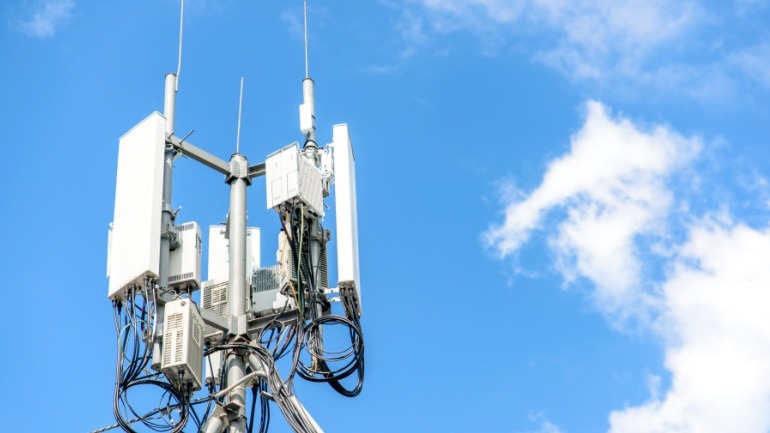India’s recent 5G spectrum auction concluded with disappointing results, generating significantly less revenue than anticipated. The auction ended after only seven rounds, raising INR113 billion ($1.35 billion), a stark contrast to the INR960 billion ($11.49 billion) reserve price set by the government.
According to The Economic Times, a mere 140 MHz-150 MHz of the available 10.5 GHz spectrum was sold. Bharti Airtel emerged as the largest bidder, expected to spend INR54 billion to acquire 41.4 MHz of 900-MHz, 10.2 MHz of 1800-MHz, and 20 MHz of 2100-MHz spectrums, aiming to expand its capacity in various service areas and renew existing licenses.
Reliance Jio’s involvement was more restrained, with an estimated expenditure of INR19 billion for 26.6 MHz of 1800-MHz spectrum across six circles. Meanwhile, Vodafone Idea, despite financial challenges, likely spent INR23 billion to obtain 14 MHz of 900-MHz, 4.4 MHz of 1800-MHz, and 10 MHz of 2500-MHz spectrum.
The tepid response from mobile network operators (MNOs) was anticipated. Reports had already suggested minimal demand for additional 5G spectrum among India’s MNOs. This auction’s revenue pales in comparison to the $19 billion raised in India’s last 5G auction in August 2022, where Jio alone invested $11 billion.
Industry experts suggest that India’s MNOs currently have sufficient 5G spectrum, contrary to the industry’s common stance that more spectrum is essential for unlocking the full potential of 5G and future 6G technologies. The current perception of 5G, lacking revolutionary features, may have also dampened enthusiasm for the auction.
Despite the underwhelming auction, the development of 5G in India is expected to continue. Ericsson’s Mobility Report indicates that 5G connections in India reached 119 million by the end of 2023 and are projected to soar to 840 million by 2029, accounting for 65% of mobile subscriptions in India, Nepal, and Bhutan. Enhanced mobile broadband (eMBB) and fixed-wireless access (FWA) remain the most prevalent early use cases for 5G.







